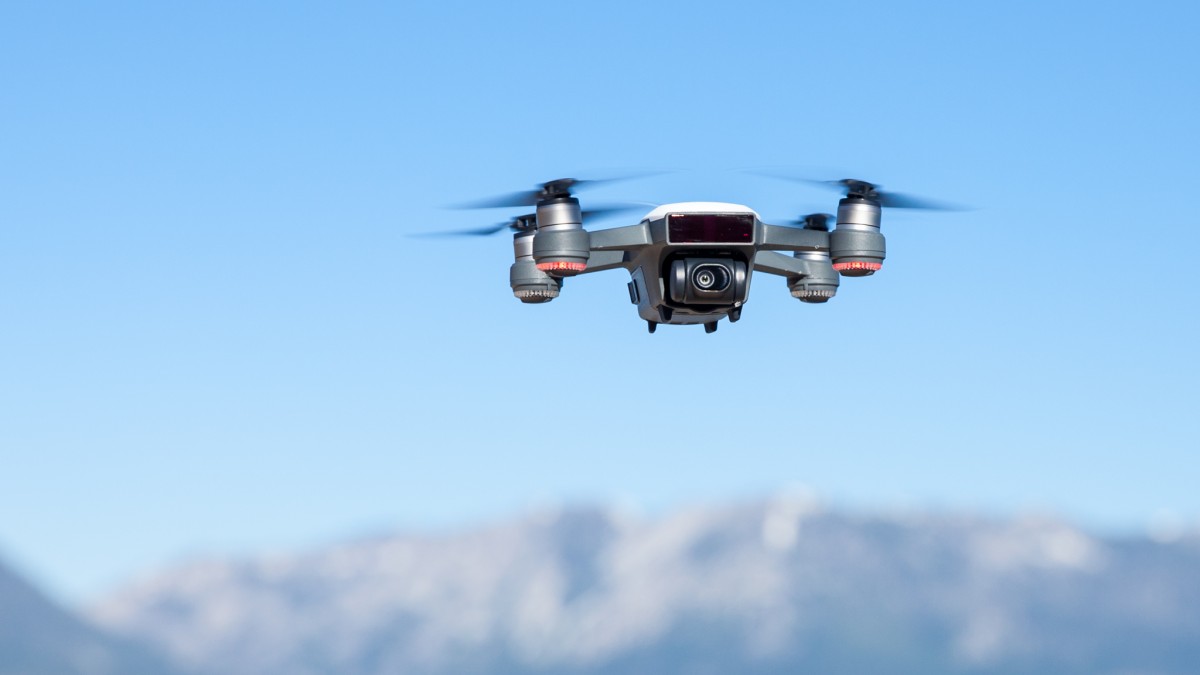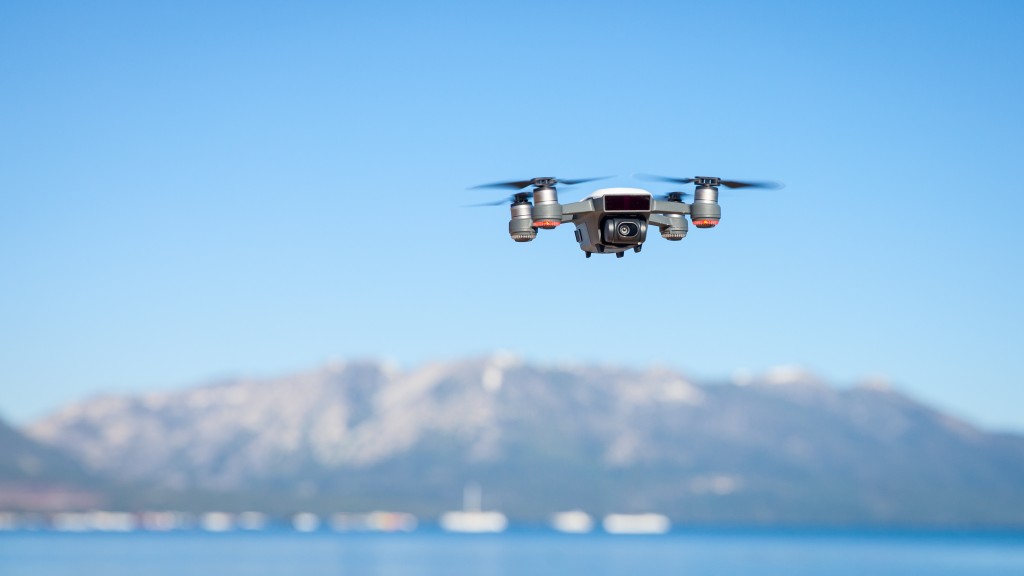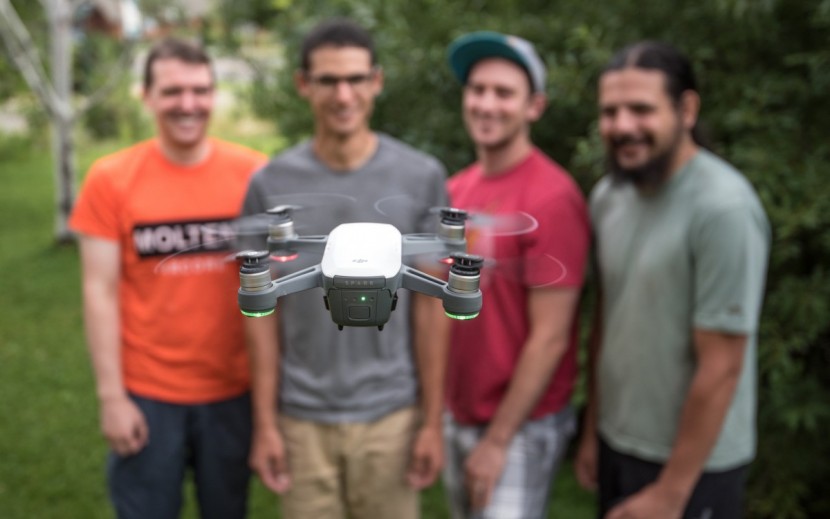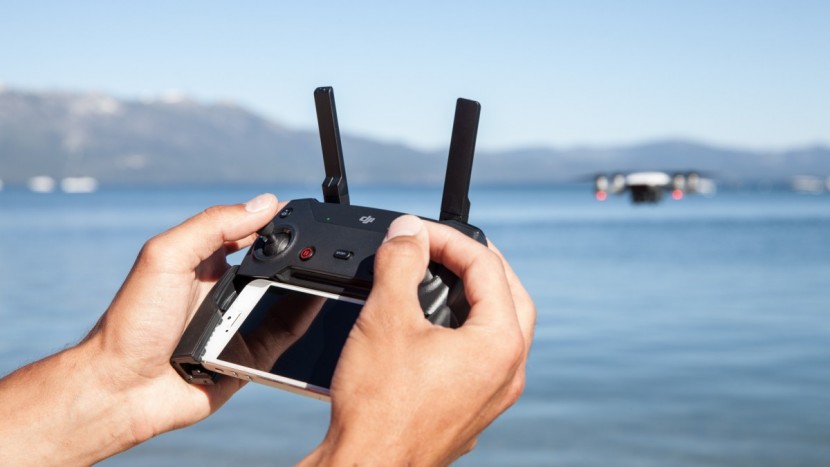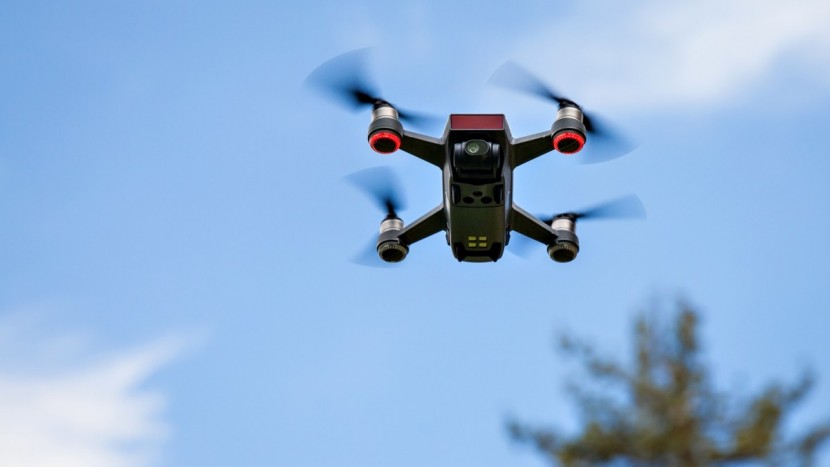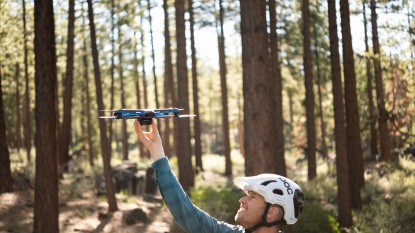Our Verdict
Our Analysis and Test Results
If you're looking for something that is fun and easy to fly that can also provide you with some nice photos and some basic video, then the DJI Spark is for you. It a simple and portable option available for buzzing around the backyard, grabbing some aerial selfies, and taking some home movies.
Video Quality
The Spark's score of 5 out of 10 in our video quality testing was about average, but again better than the other small, fun drones that we tested.
The Spark's camera is 1080p, and its video is noticeably less crisp than the more cinema oriented 2.7K and 4K cameras. Bottom line, the Spark's camera is about the same quality as an iPhone camera. The Spark also outperformed these other small drones in terms of image stabilization. Its 2-axis gimbal was much more effective than the gimbal-less designs of the other small drones, but it wasn't able to dampen jerky maneuvering (especially rotating to the side with the yaw control) as much as the larger drones. We did experience some minor problems with propellor intrusion when filming with the Spark, but only when we really tried to fly it aggressively and when the wind was really strong.
This video compares footage from the Spark to the Mavic Pro (DJI's other portable drone) and the Phantom 4 Pro+ (a professional level drone).
Ease of Use
DJI generally provides a great user experience, and the user-friendly Spark is no exception. It earned an 8 out of 10 in our ease of use testing, putting it near the top of the leaderboard.
Out of the box, setup was fairly straightforward. Downloading the DJI GO 4 app and pairing the drone was easy. You can fly the Spark with just a phone or tablet. The touchscreen interface for this flight mode is well-designed and includes an auto takeoff button, but it's kind of annoying because you have to cover the video feed with your fingers to steer the drone. This is fine if you just want to get the drone in position for a selfie, but does feel a bit limiting if you want to fly it around and get some video.
Optional Remote Control
DJI does sell a separate remote control for the Spark that adds the convenience of joysticks to the flying experience. This upped the fun factor at least 5 times, as it allowed us to buzz the Spark around in a much more intuitive manner. If you're looking to do anything beyond selfies, we would recommend getting the remote control (link at the bottom of this page).
Hand Gestures
The Spark can also be flown using only hand gestures. Unfortunately, you can only take photos in this mode (no video), but it will make you feel like a magician. If you hold the Spark in your palm and stare longingly (or just normal, it's up to you) into its camera it will recognize your face, then take off and hover right in front of you. You can then raise your hand up and move the drone to the side by moving your hand (basically it lets you be a Jedi). You can move the drone forwards and backward with your hand as well, but not as reliably as the sideways hand motion. If you make a box with your fingers the Spark will take a photo of you (after a short delay so you can get your hands out of the photo). If you put your hand beneath the Spark, it will gently lower down and land in your palm like the beautiful butterfly that it is. The Mavic Air can also be flown with gestures and controlled in the same way without a controller.
We were able to complete the above hand gestures fairly easily. There are other, more advanced hand gestures available that we could just not get to work. Supposedly you can wave at the drone and it will back up and then enter an automatic tracking mode. Making a hands up 'touchdown' gesture will then bring the drone back to you. In our testing, we just waved like idiots while the Spark stared back at us, unmoved and unfazed. We were never able to get it far enough away in the hand gesture mode to even try the touchdown-come-back-home gesture.
Flight Performance
The Spark earned an impressive score of 7 out of 10 in our flight quality testing, putting it well ahead of the other small drones we tested. What really set it apart was the takeoff and landing. Whereas the Parrot and the YUNEEC tended to drift a bit when first taking off from the ground, we had no qualms with holding the Spark right in front of our faces and letting it take off, as it was always rock solid.
We loved the Spark's ability to take off and land in the palm of your hand.
The maximum speed of 31 mph is far faster than the YUNEEC and just a bit slower than the Parrot. This is more than enough speed for taking photos and flying around for fun. However, when compared to larger models like the Mavic Pro and Mavic Air the Spark is noticeably slower. Where the Mavic models could easily overtake a mountain biker with the push of a joystick, the Spark's relative lack of acceleration left it lagging behind for a few seconds before it could get up to speed.
The Spark's 16-minute maximum battery life again left it in between the YUNEEC (12 minutes) and the Parrot (25 minutes). Seeing as you likely won't be flying the Spark very far away, this feels like an adequate battery life, but having a spare battery isn't a bad idea.
Portability
The Spark is the lightest and smallest drone that we tested, weighing less than 11 ounces. It comes with a small foam case that can easily be packed into most daypacks as an afterthought. You sacrifice a lot of performance for this high level of portability but no other drone in our review is as easy to fly on a whim wherever you are. The Spark can even be flown out of your hand and controlled using gestures if you don't feel like using your phone to fly it. This makes it a great option for selfies and DJI's extensive autonomous flight modes. The Mavic Air takes up the same amount of space in a backpack but requires you to use a controller and is significantly more expensive. Ultimately the Spark is best for those who want to carry a mini-drone around everywhere and aren't too concerned with getting high-quality footage.
Value
The Spark costs the same as other 'mini' drones on the market, but offers much better performance, making it a great value if you're looking for a small drone. Adding the remote control brings the total cost to up, making it a bit more expensive but still reasonable given its performance. However, at this level of investment, many will wonder if they want to make the leap to the Mavic Air, which packs a much bigger punch as an aerial camera.
Conclusion
The DJI Spark is the most fun and most capable small drone we've tested. If you're new to drones and just want something that can take photos, some basic video, and is fun to fly, the Spark is perfect. The Mavic Air is comparably portable but much more expensive and has a significantly better camera and gimbal.


